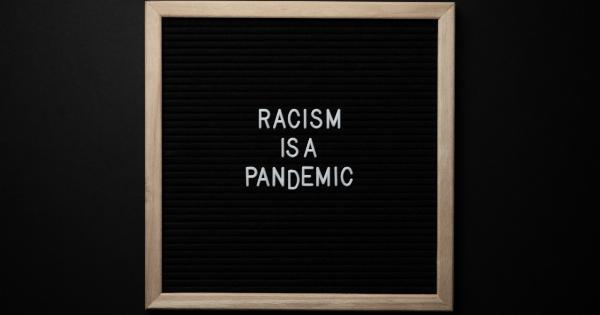Adolescence is a unique developmental stage when individuals go through significant changes, resulting in various stresses that they have to deal with.
Stress is a natural response to challenges that can be beneficial at times but can also cause negative consequences. Adolescent boys and girls are among the most vulnerable age groups when it comes to experiencing stress, and its impact can be profound.
This article will explore the impact of stress on adolescent boys and girls, highlighting the most common sources of stress, symptoms, and consequences, and suggest some coping strategies to deal with it.
Sources of Stress for Adolescent Boys and Girls
Adolescence is a period of significant physical, social, and emotional changes that can be overwhelming to young individuals. Some of the most common sources of stress for adolescent boys and girls include:.
Academic pressure
Trying to meet academic expectations, such as getting good grades, passing exams, and participating in extracurricular activities, can be a significant stressor for adolescents.
With the increasing pressure to succeed, some adolescent boys and girls may feel like they are not good enough or that they may disappoint their parents or teachers.
Social pressure
A lot of adolescents face social pressure, especially in their relationships with peers, romantic partners, or family members.
Trying to maintain friendships while dealing with gossip, jealousy, or bullying can be stressful for adolescent boys and girls. Similarly, trying to fit in with social norms, such as body image or fashion trends, can also be a considerable stressor for adolescents.
Family issues
Family dysfunctions can be a significant source of stress for adolescent boys and girls. Family issues, such as conflicts, divorce, abuse, or neglect, can cause significant emotional distress and affect adolescents’ wellbeing.
Physical changes
The physical changes that occur during adolescence can be stressful for both adolescent boys and girls.
Puberty brings about significant changes such as changes in voice, breast development, growth of facial and body hair, and menarche, which can be challenging to cope with.
Symptoms of Stress in Adolescent Boys and Girls
Adolescent boys and girls may manifest stress in different ways. Some of the common symptoms include:.
Physical symptoms
Adolescent boys and girls may experience physical symptoms such as headaches, stomachaches, fatigue, difficulty sleeping, changes in appetite, or changes in weight.
Emotional symptoms
Stress can also have emotional and behavioral symptoms, such as anxiety, depression, irritability, mood swings, social withdrawal, or risky behaviors such as drug and alcohol use.
Academic symptoms
Stress can also negatively affect academic performance. Adolescent boys and girls may show symptoms such as difficulty concentrating, forgetting things, or not participating in class activities.
Consequences of Stress on Adolescent Boys and Girls
Adolescent boys and girls who experience chronic stress are at risk of developing various physical and psychological consequences in the short and long term.
Physical consequences
Chronic stress can cause physiological responses that increase the risk of developing health problems, such as heart disease, obesity, diabetes, gastrointestinal disorders, or reproductive issues in the long term.
Psychological consequences
Chronic stress can also have negative impacts on adolescent boys and girls’ mental health, including anxiety disorders, depression, post-traumatic stress disorder, or suicidal ideation and behaviors.
Coping Strategies for Adolescent Boys and Girls
Managing stress can be challenging, but there are some effective coping strategies that adolescent boys and girls can use. Here are some of them:.
Relaxation techniques
Deep breathing, meditation, progressive muscle relaxation, or yoga can help reduce stress levels and improve overall wellbeing.
Physical exercise
Regular physical exercise can help reduce stress levels, increase self-esteem, and promote emotional and physical wellbeing.
Balanced diet and nutrition
Eating a balanced diet and nutritional food such as fruits, vegetables and avoiding unhealthy food items such as fast food, chocolates, can help to keep your body healthy and stress-free.
Healthy sleep habits
Getting regular and sufficient sleep can help reduce stress levels and improve overall wellbeing.
Seeking help from parents or professionals
Adolescent boys and girls can reach out to their parents, school counselors, or mental health professionals for support when dealing with stress and its consequences.
Conclusion
Stress is a common experience among adolescent boys and girls and can have a significant impact on their physical, emotional, and social wellbeing.
Being aware of the common sources and symptoms of stress is essential for parents, educators, and mental health professionals to provide adequate support and intervention. Moreover, teaching adolescents effective coping strategies that they can use when they encounter stress can help improve their resilience and overall wellbeing in the long term.






























